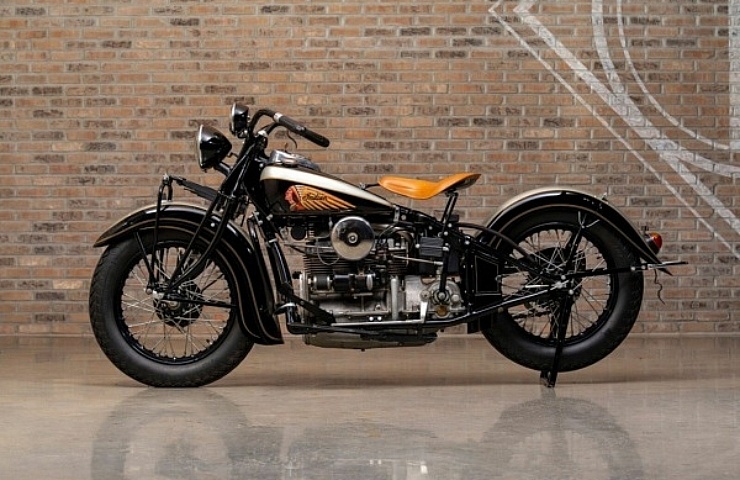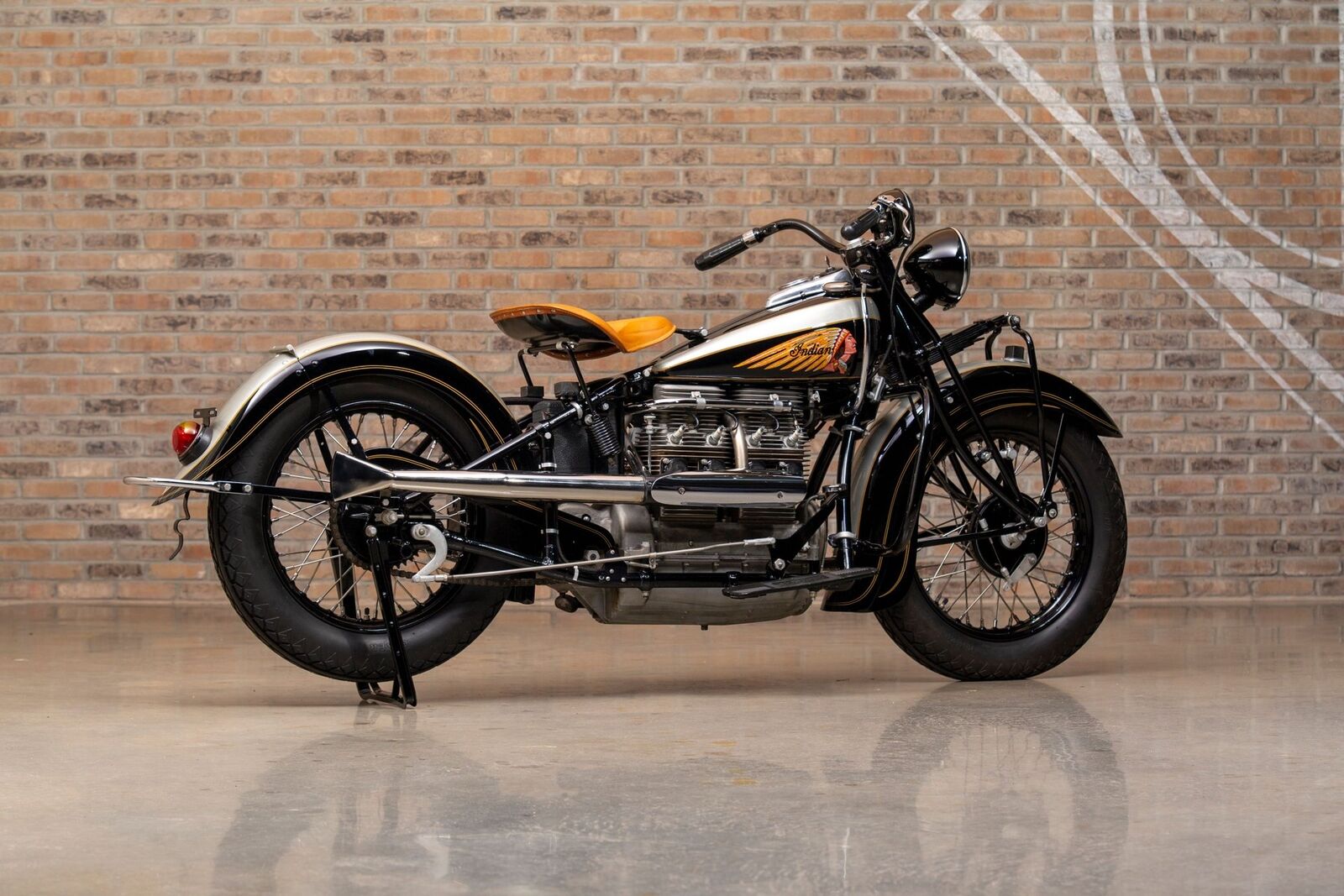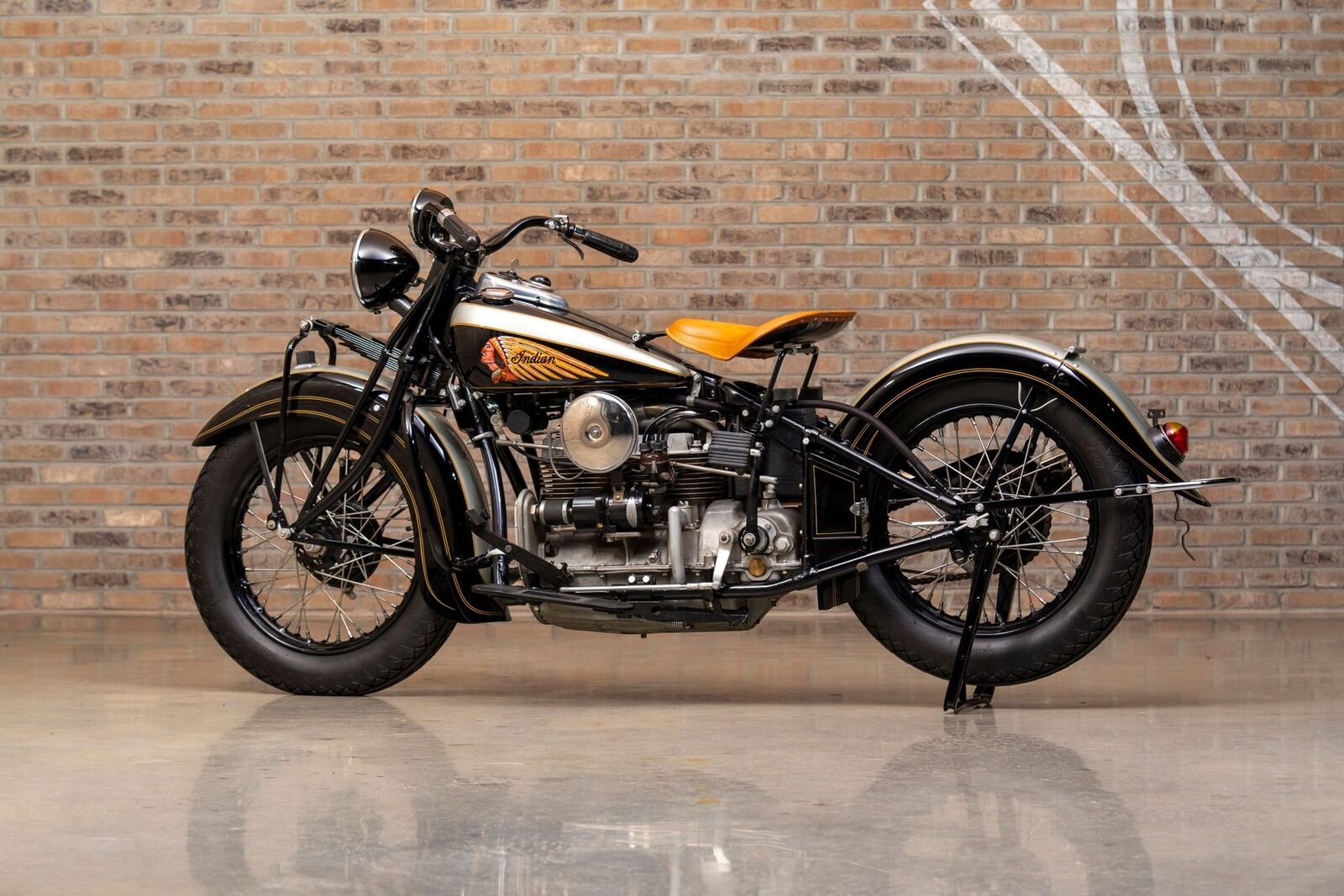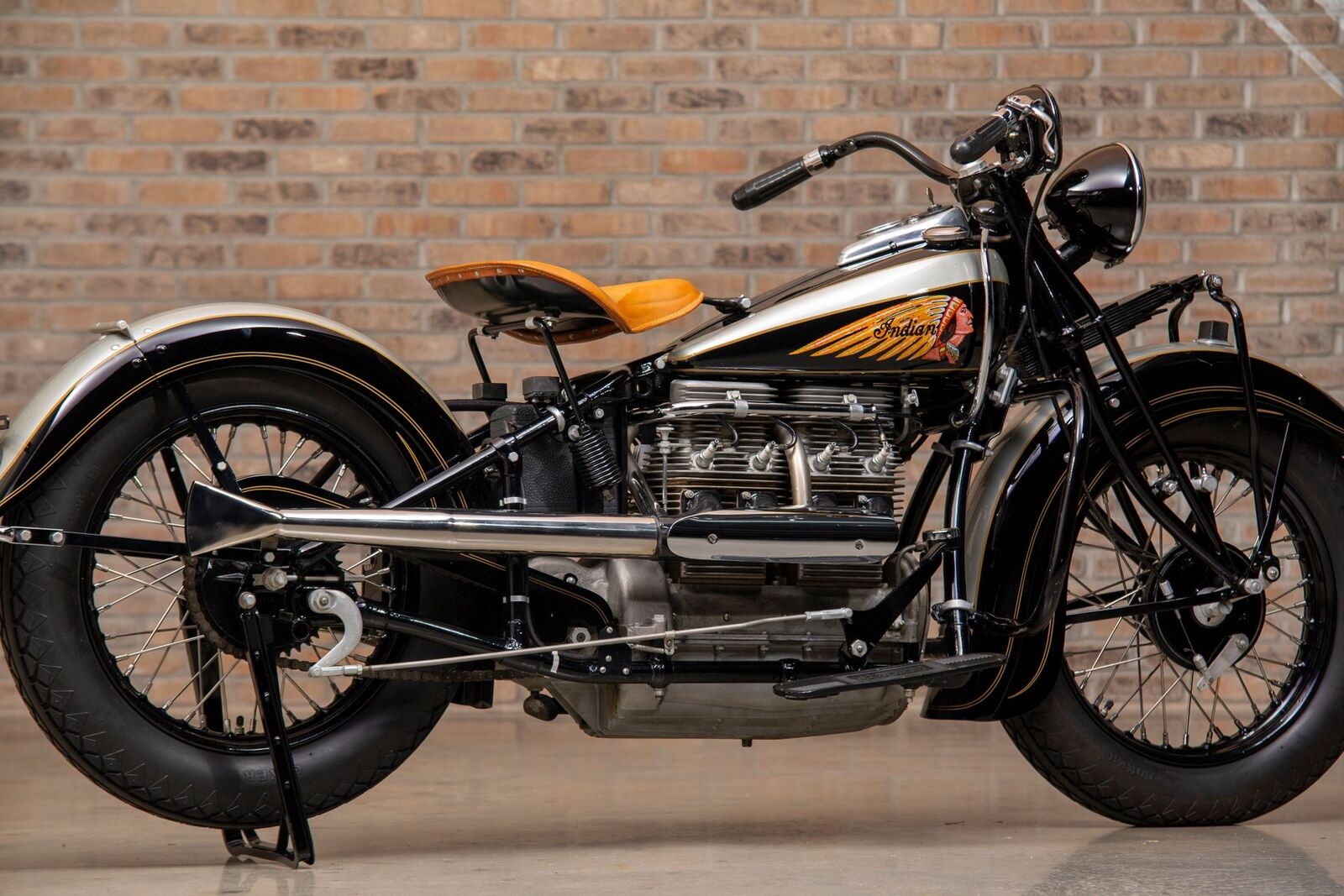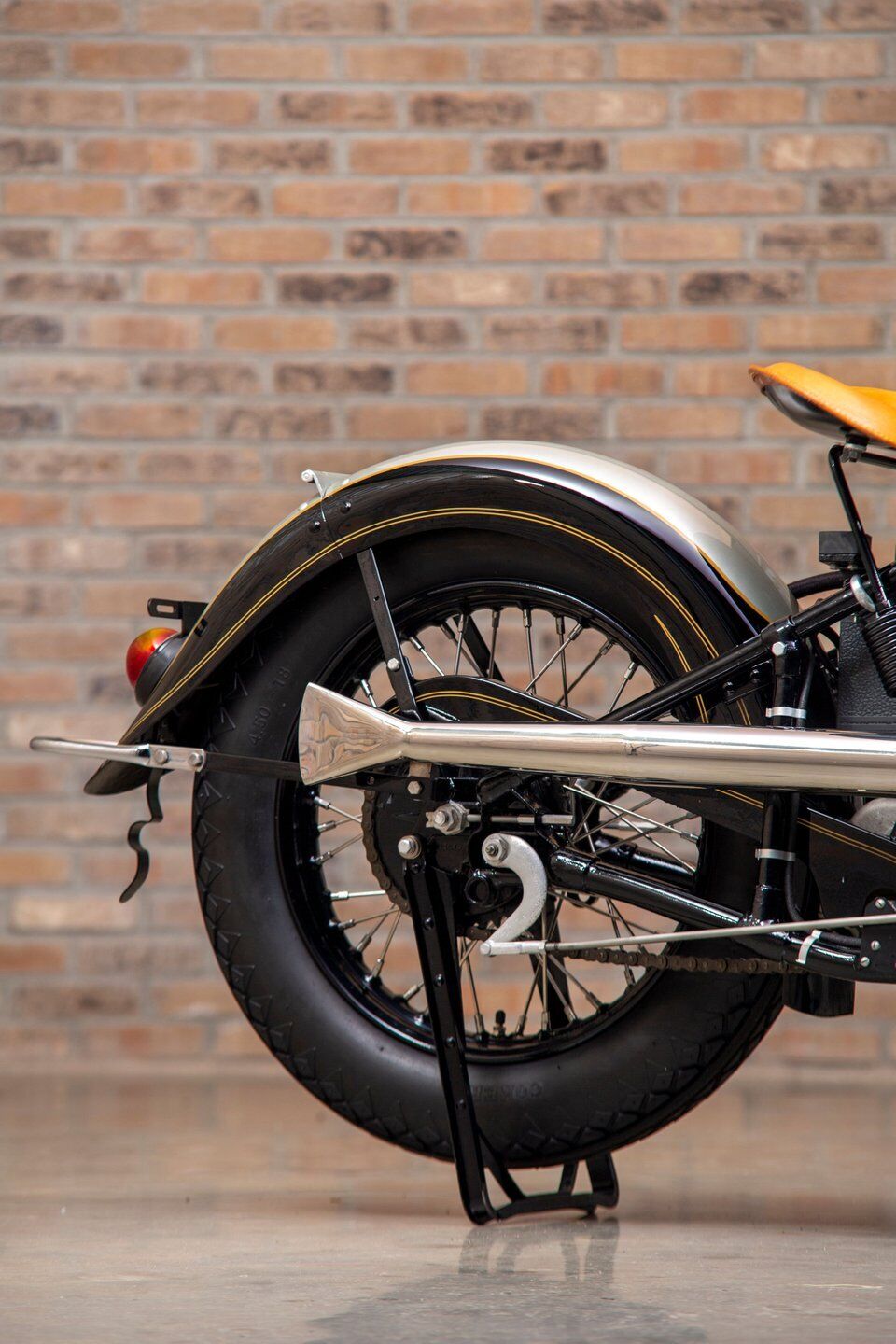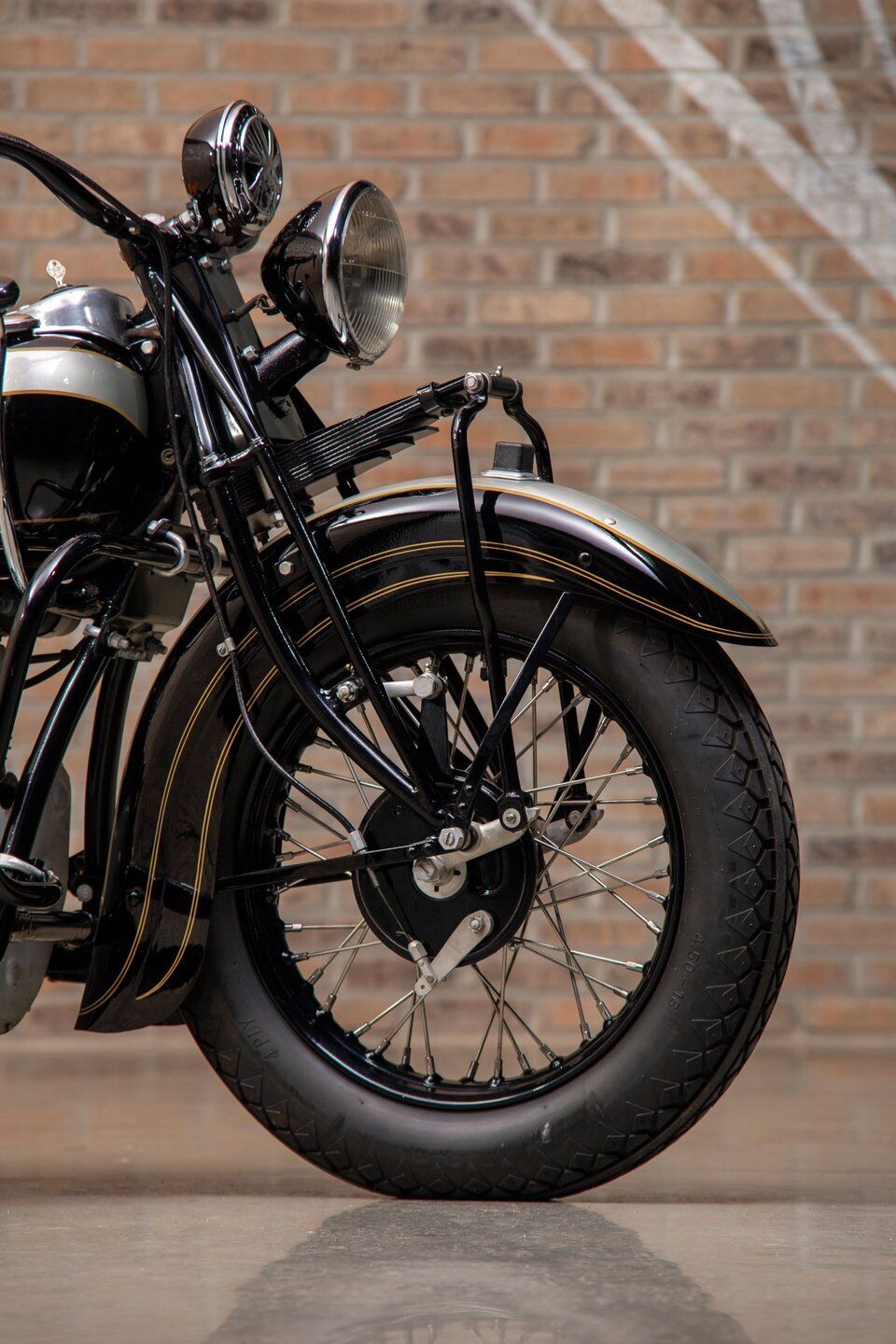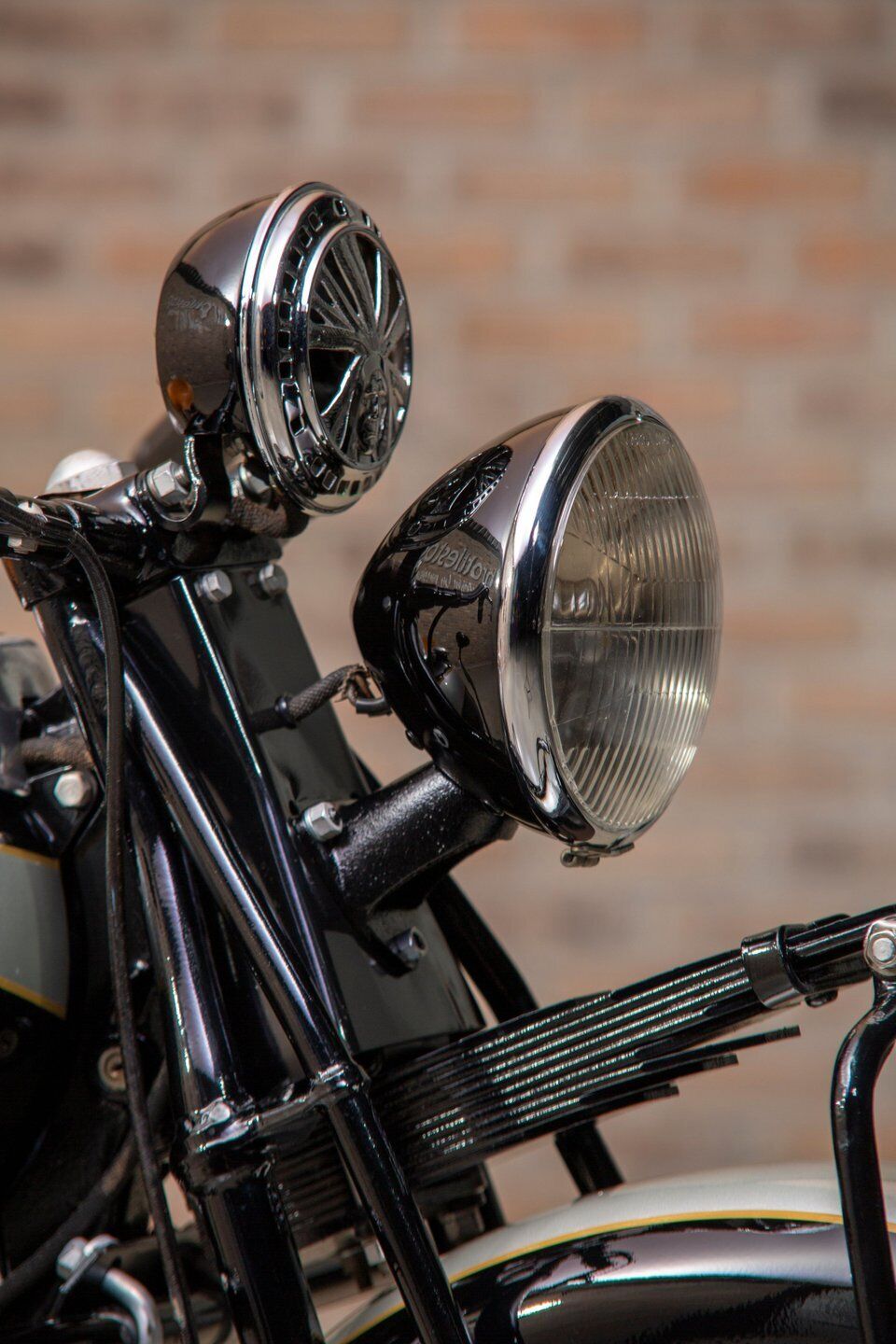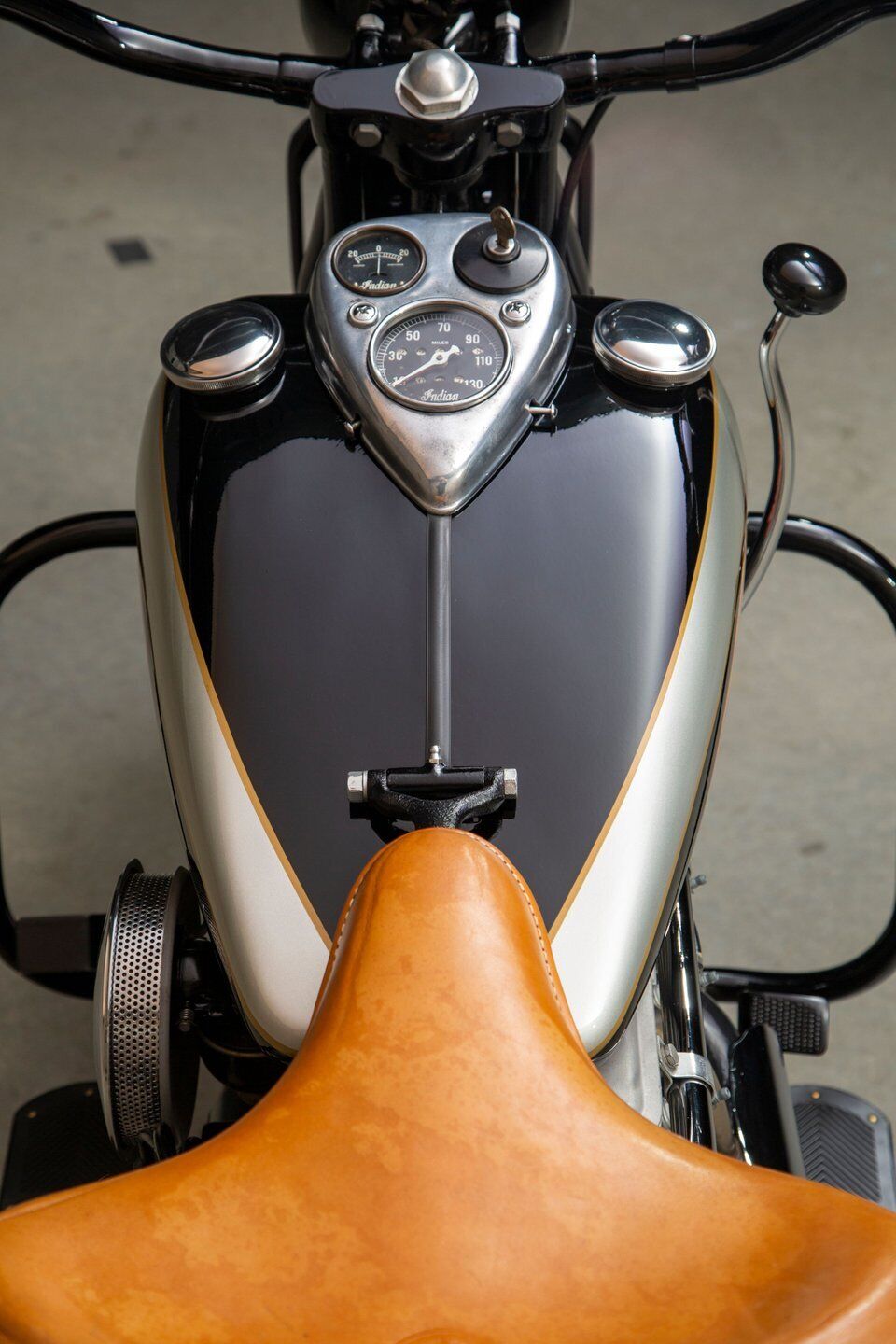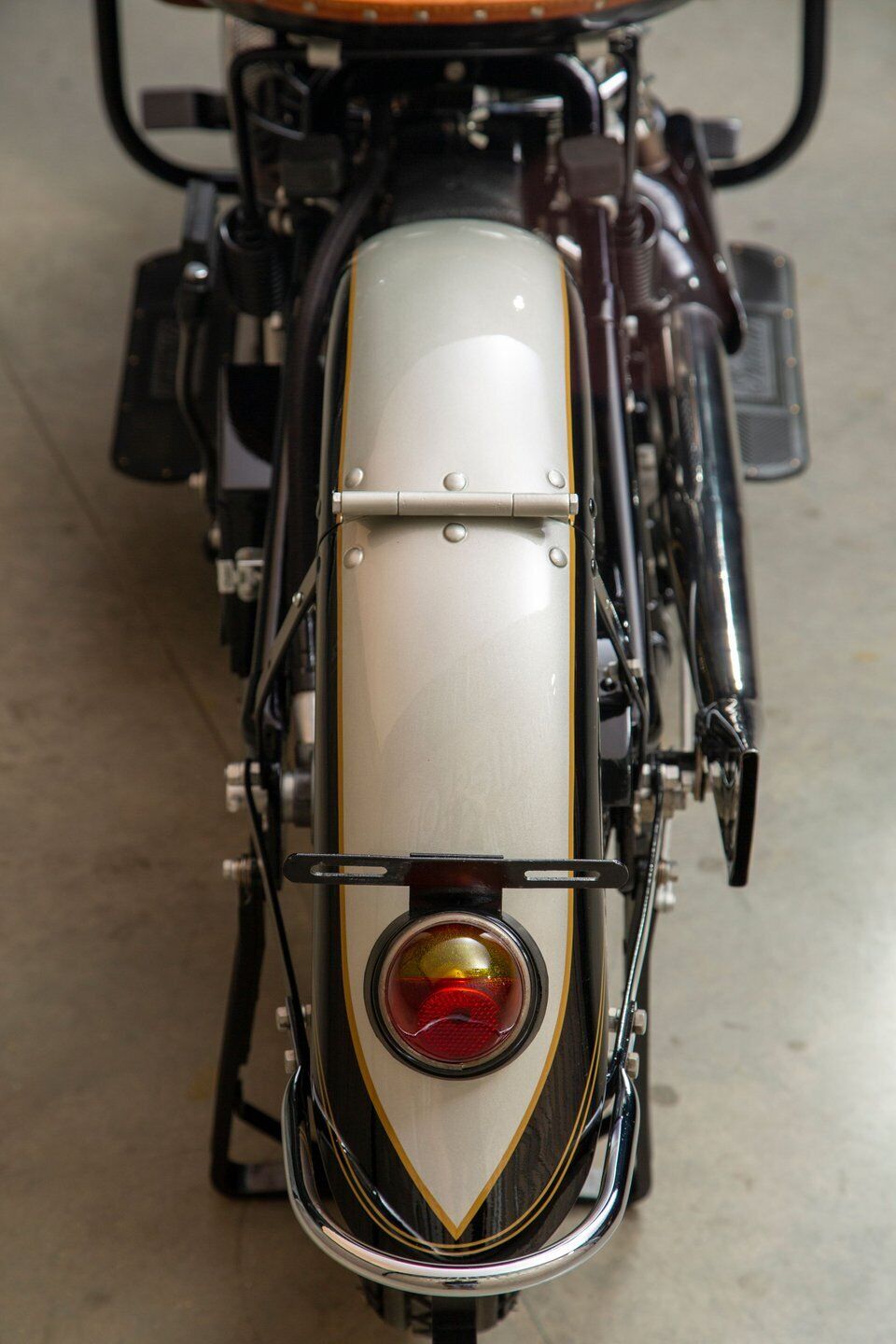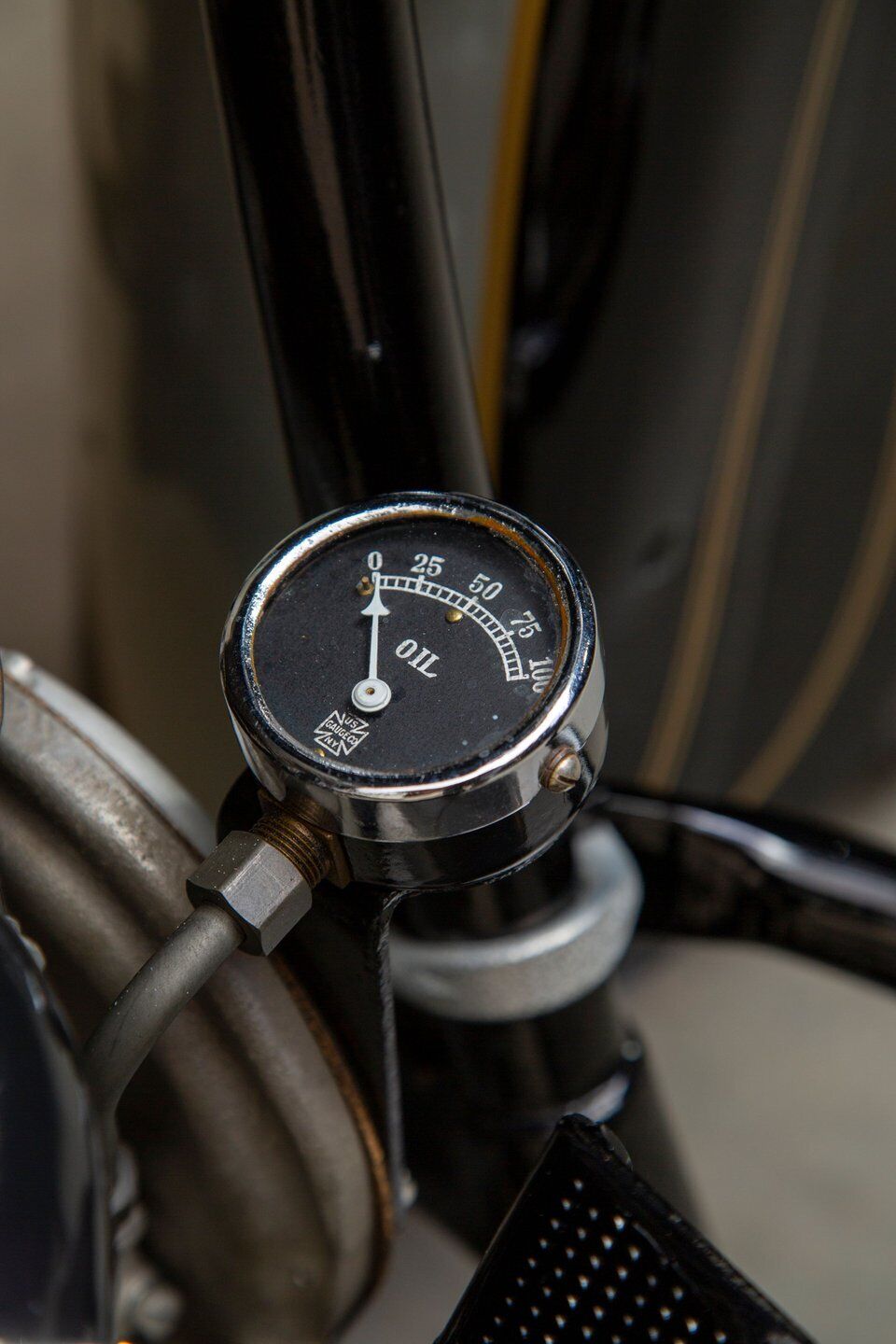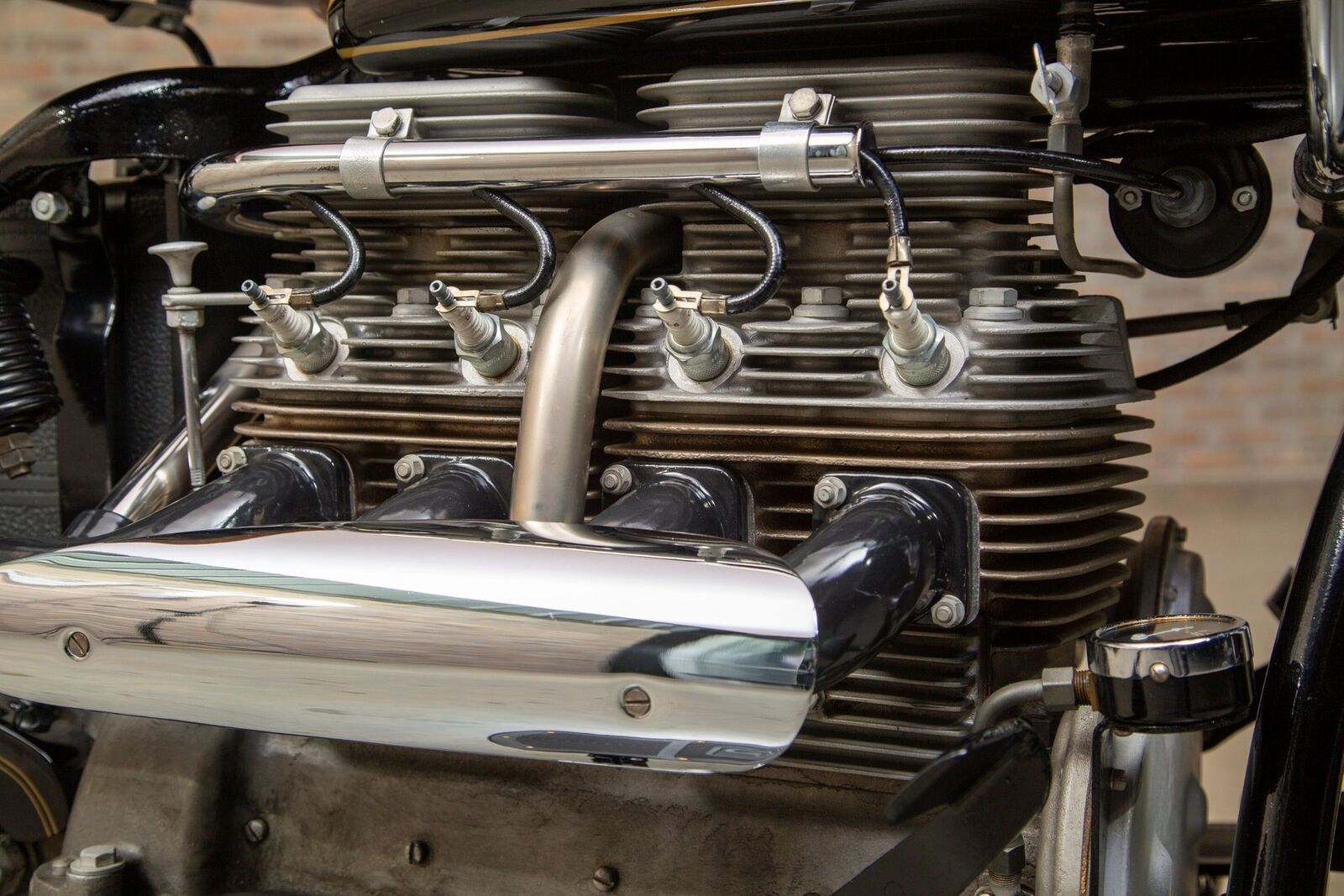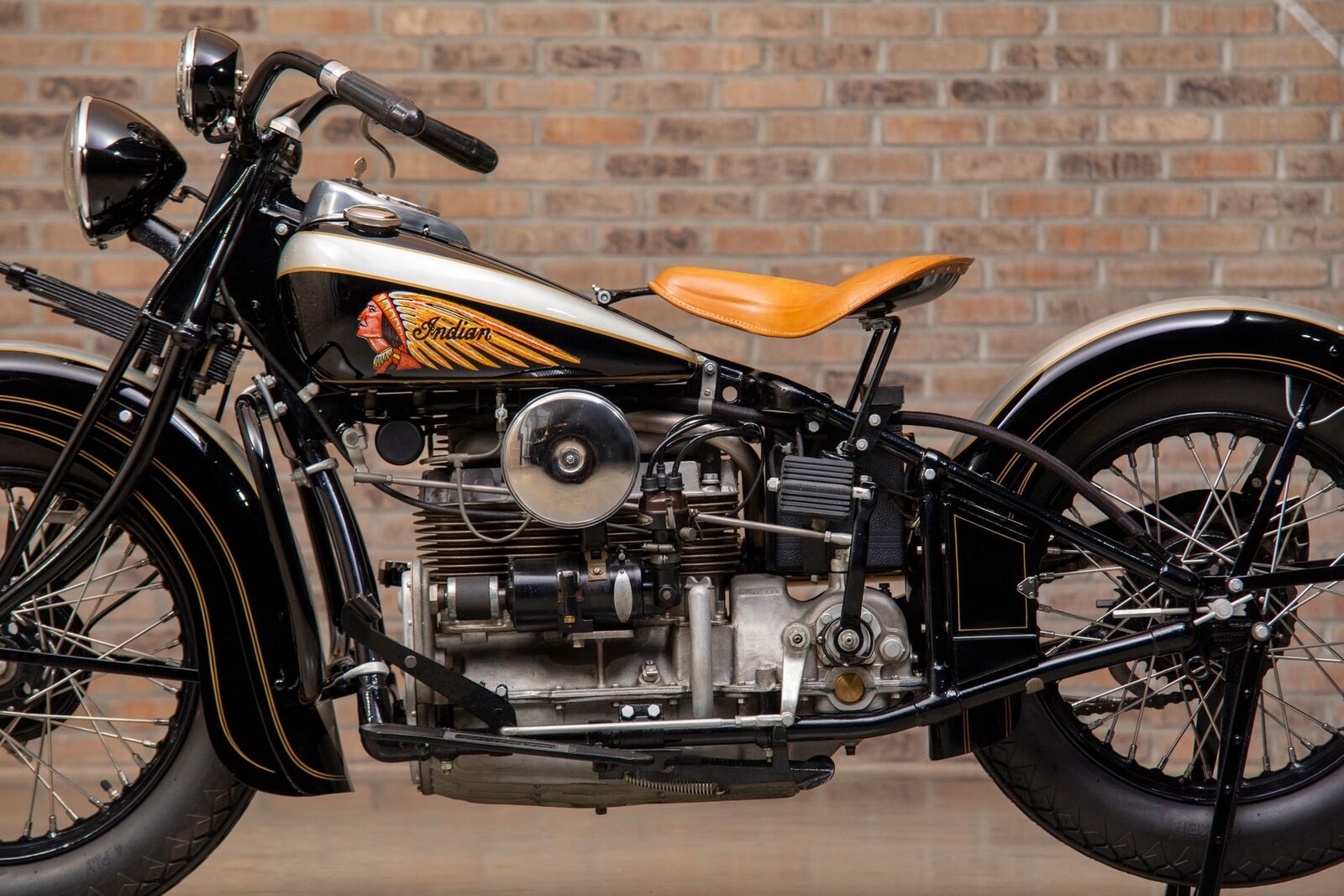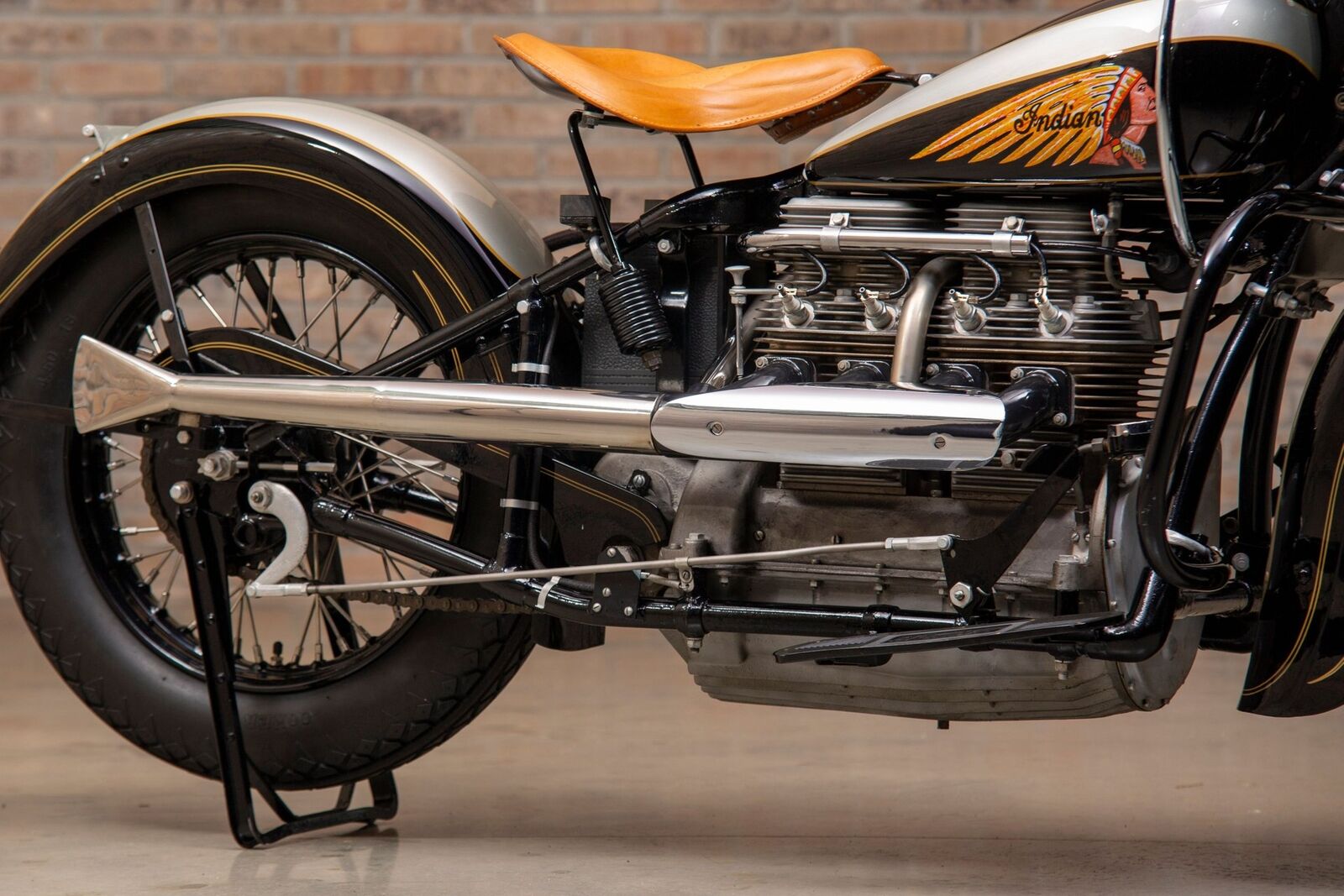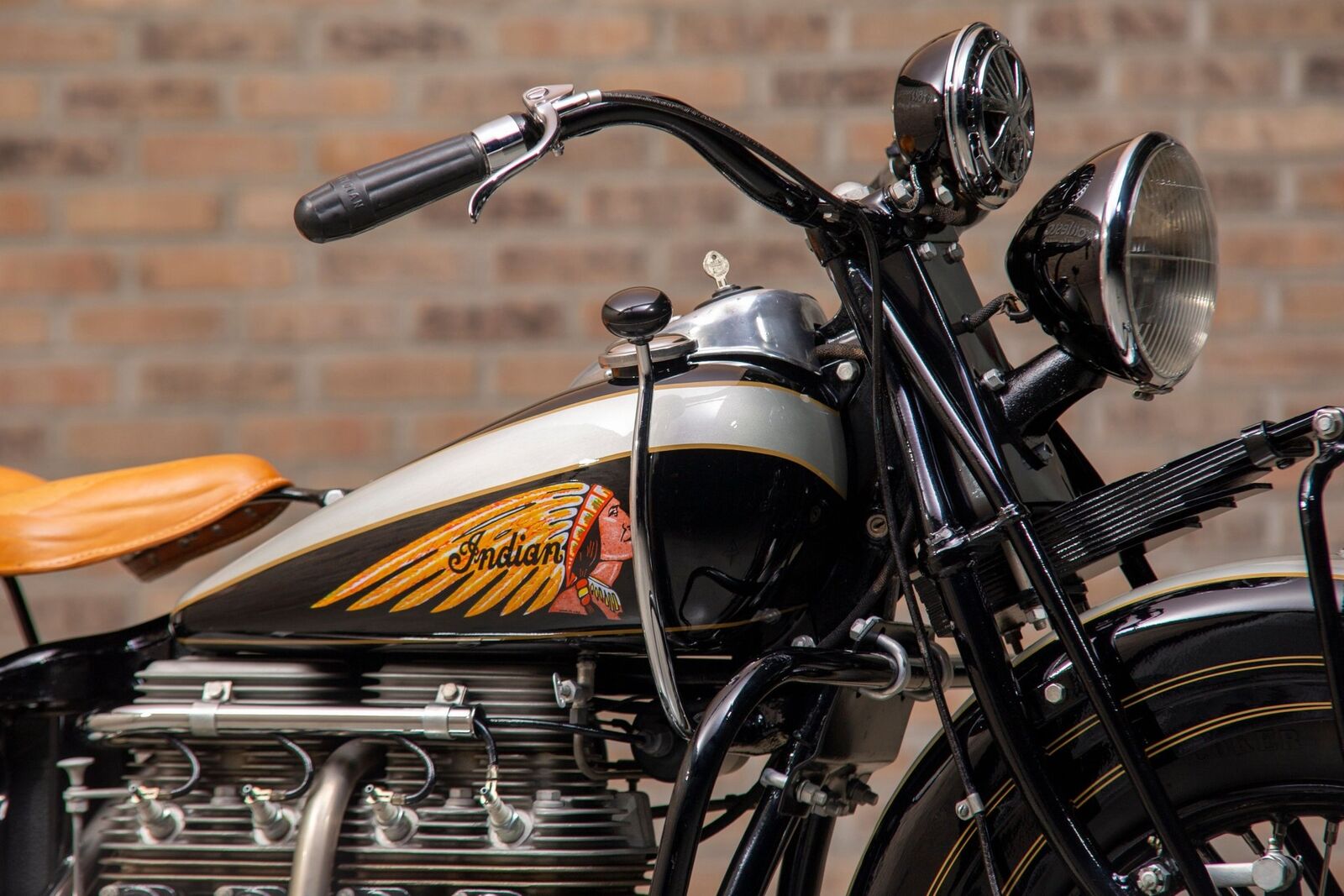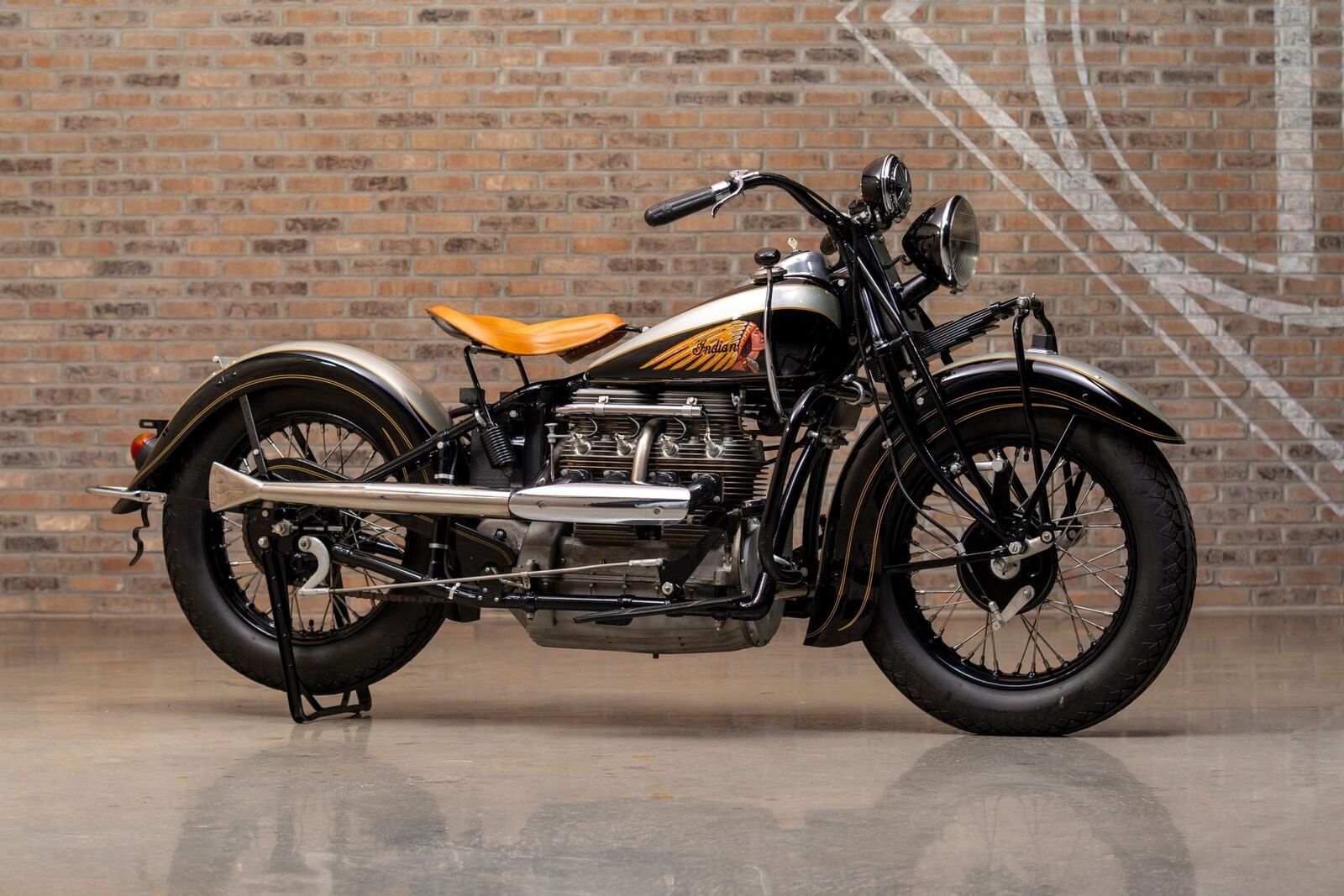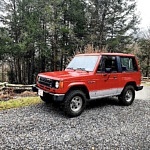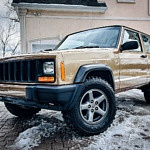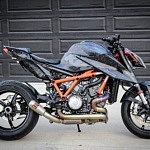Every manufacturer has a signature model, a motorcycle that exemplifies the company’s very best. While Indian Motorcycle produced extraordinary Scouts and stunning Chiefs, the elegant Indian Four deserves a spot among the finest machines made by Hendee and Hedstrom. This immaculately restored 1939 Indian Four Model 439 recently offered on eBay illustrates why.
Mergers and Acquisitions
First, what made Indian decide to build an inline-four engine? The powerplant is a descendant of the 1911 Henderson. The Henderson brothers sold their company to the Schwinn Bicycle Company, which also produced Excelsior motorcycles in the 1910s.
William Henderson then started the Ace Motor Company in 1919, which Indian purchased in 1927. The company moved production to Indian’s factory in Springfield, Mass., where they rolled out the first 1927 Indian Ace. The following year they dropped the name Ace but continued to produce inline-four motorcycles.
Original Luster With Hints of Wear
Indian totally redesigned its inline-four in 1938, those changes carrying over to this 1939 Indian Four Model 439. Its cylinders were cast in pairs. And for the first time, the valve gear was fully enclosed, allowing for full lubrication of the valves. The engine’s symmetry is established by horizontal cooling fins running from the top of the valve enclosure down to the radial finning on the crankcase sump.
Shop now for Indian Motorcycle parts
Renowned Indian restorer Steve Geiger did an admirable job of keeping the ’39 Indian engine’s original luster. It has just enough hints of wear to retain its character.
The engine has a period-correct Schebler DLX113 carburetor, and the engine and frame have matching numbers. Indian kept the powertrain design clean by routing all four exhaust ports into one pipe, then adding a classy fishtail exhaust tip.
Nifty ’39 Indian Four Features
Speaking of classy, this 1939 Indian Four Model 439 has a unique “World’s Fair” silver and black paint job, highlighted by ultra-clean pinstriping and the iconic Indian headdress logo on the tank. The famous DuPont family bought Indian Motorcycle in 1929, and available color options quickly expanded.
The 1934 Indian Motorcycle catalog featured over 50 color choices. The paint schemes became a major selling point for manufacturers. The paint on the Model 439 accentuates the styling of the motorcycle’s finely formed fenders, while the two-tone pattern and Indian headdress attract attention to the tidy teardrop gas tank.
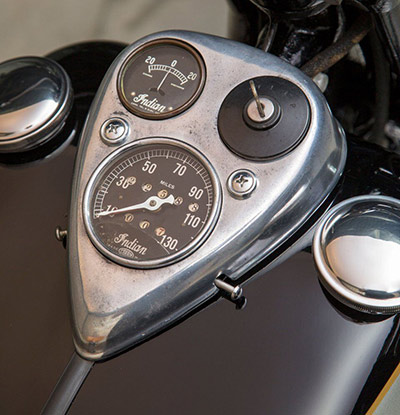
Highly Collectible
A year after this bike hit the market in 1939, Indian Motorcycle introduced the swooping valanced fenders it would become famous for, along with a plunger suspension on the rear. But this old Model 439 has a rigid back end. Only a set of springs attached to the seat protecting riders from bumps in the road.
One benefit of having no rear suspension is weight reduction. This Indian Four is almost 50 pounds lighter than models with the plunger-style suspension that followed. A stout leaf-spring fork anchors the front of the Model 439.
While the Indian Four didn’t enjoy much commercial success when it was introduced, they’re highly collectible these days. This one has a pedigree that includes a complete restoration by an accomplished pro, a matching-numbers frame and engine, and a special “World’s Fair” paint job. Those features make this marquee model even more prized.

